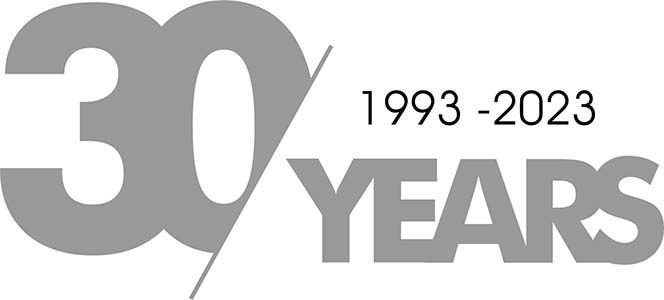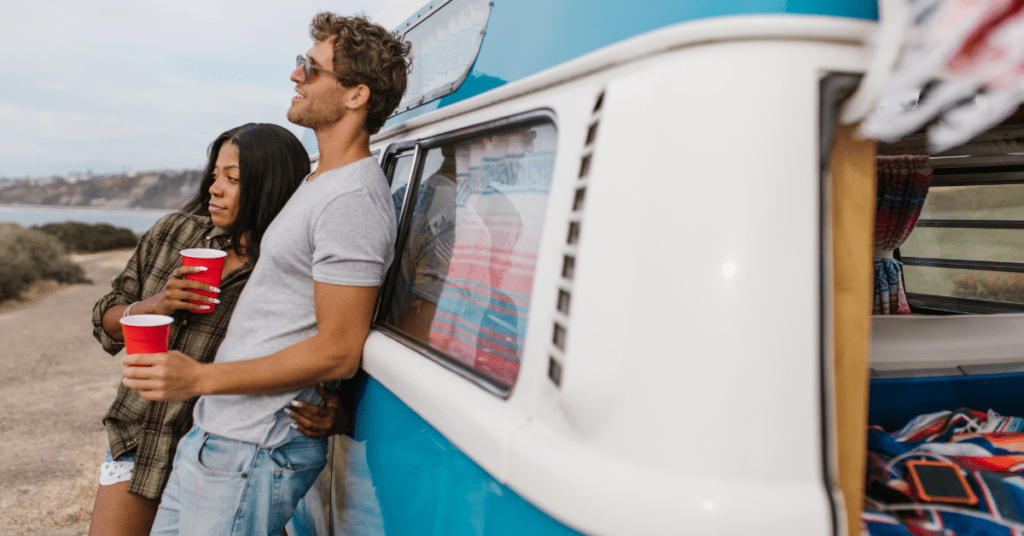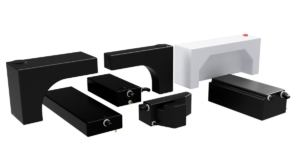Campervan Tanks, News
What size water tank do I need for a campervan?
The Ultimate Guide to Choosing the Best Size Water Tank for Your Campervan.
Whether planning a weekend getaway or an extended road trip, one of the most important decisions you’ll make is choosing the right size water tank for your campervan. With the right size water tank, you’ll have access to a consistent supply of fresh water (potable water) for cooking and drinking. But with so many options on the market, how do you know which water tank is the best fit for your campervan?
In this ultimate guide, we’ll take you step by step through the process of choosing the right size water tank for your campervan. We’ll cover the key factors you need to consider, including your water usage, available space, weight, accessibility, quality and budget. Whether you are a seasoned campervan enthusiast or new to the lifestyle, this guide will help you make an informed decision and ensure you have the right water tank for your needs. So, please grab a cup of coffee and let’s get started on the journey to finding the perfect water tank for your campervan!
Choosing the Right Size Water Tank for Your Campervan
Blog outline
1. Choosing the Right Size Water Tank for Your Campervan – Introduction.
2. Factors that impact size when choosing Campervan Water Tank.
2.1. Water usage.
2.2. Available Space.
2.3. Weight.
2.4. Accessibility.
2.5. Quality.
2.6. Budget.
3. Choosing the Right Size Water Tank for Your Campervan – Summary.
1. Choosing the Right Size Water Tank for Your Campervan – Introduction.
When it comes to outfitting a campervan, one of the most important considerations is the water tank. A sufficient water supply can mean the difference between a comfortable and convenient trip or a disaster. Indeed, there are many options available, but it can be easy to determine the ultimate size of the water tank for your campervan. How? Well, all you need to do is dive deeply into the factors that must be considered to ensure you make the right choice for your specific needs.
2. Factors that impact the size of a Campervan Water Tank.
When choosing a campervan water tank, several factors impact the size of the tank. You need to ensure you have enough fresh water for your journey.
2.1. Water usage.
Water Usage is an important consideration when choosing the right size water tank for your campervan. How many litres do I need? The number of people that often travel with you will impact the amount of water you’ll need. If you usually travel alone or as a couple, you’ll need less water than you would with a family or a group of friends.
How many outlets do you have? Just a galley sink and tap or a shower and another sink as well? The length and type of trips is also a significant aspect to consider. If you’re planning to be on the road for a few days, you’ll need a smaller campervan water tank than if you’re planning extended road trips or an off-grid free camp. Of course, you can factor in filling up points along a journey extending and freshening up your water supply. Regardless of the tank size you choose, you will need to conserve your water when travelling. For example, lingering showers or leaving the tap running while cleaning your teeth will quickly drain your water supply.
The climate you’ll be travelling in will also impact your water usage. If you are planning to travel in hot, dry conditions, you’ll need more water. An adult requires 2.5 litres of fluids a day to stay hydrated. Drinking, cooking, washing up, showering, washing, and washing clothes all need to be factored in to arrive at the required litreage.
2.2. Available Space.
Space on a van is at a premium. Every millimetre counts. Look to see what available space there is inside and underneath your vehicle. Dead space, such as over-the-wheel arches, can be squared up by using a wraparound wheel arch tank. Choosing a bespoke shaped tank, you can be creative and take advantage of every available millimetre. Internal campervan water tanks are somewhat protected against rough ground and freezing temperatures. Perhaps a raised internal floor could be a solution to position your water tank and provide you with additional valuable storage space.
2.3 Weight.
Take into consideration the weight of a water tank 1 litre of water weighs 1kg, so a 100 litre tank will take out 100kg of payload. Of course, you don’t need to drive around with a full tank. Doing so will certainly increase your fuel consumption. Planned in advance, you can fill your tank up an hour or so before you stop for the night. More and more campsites are providing campervan service points with not only fresh water taps but grey waste drains as well.

2.3. Accessibility.
It’s important that your campervan water tank is accessible. You may need to replace a fitting, seal a leak, and clean and sanitise the tank.
- Filling.
There are many ways that a tank can be filled. If you choose a tank housed under the sink, it may be removable and simply filled from a tap. A larger tank may need to be fixed to the van and filled via a hose and remote lockable filler. Underslung tanks are generally filled via a remote hose connector.
- Vent.
All tanks will need a vent to work effectively. A vent allows the tank to fill by releasing the internal air as the water enters the tank. When the water is drawn off, the vent allows the air to be drawn back into the tank replacing the water.
- Draining.
The water tank should also be easy to drain. It’s good practice to drain the water tank down between trips. Leaving water in the tank for a week or so is not good. You’ll want to choose a tank located in an area that is easy to reach and has a convenient drain valve or blanking plug. An easily accessible drain valve will make it quick and easy to empty the tank when necessary.
- Maintenance.
Regular maintenance of your water tank is vital for its proper functioning. You’ll want to choose a water tank located in an area that is easy to access for maintenance, cleaning, and repair. Choose a campervan water tank with a good inspection hatch, one big enough to get your hand and arm in and access all areas. If you choose a long or large tank, it may be worth having two hatches. The advantage of a bespoke or a blank rotational moulded campervan water tank is that you can have the fittings welded in where you want them.
2.4. Quality.
It’s not only size that matters when choosing the right water tank. The material, plastic thickness and colour are also important. Ensure your chosen tank is manufactured from food grade plastic such as HDPE/MDPE Polyethylene. Poor quality tanks are generally quite thin-walled, around 3-5mm thick. This plastic will deteriorate over time and can taint the water with a plastic taste and smell. These tanks will become brittle over time and easily spilt if exposed to daylight. Black is the best colour for an underslung water tank. Not only will it be protected from UV light, but a black tank will also stop algae from growing on the inside.
2.5. Budget.
Budget often plays a crucial role in the process of choosing the best size water tank for your campervan. The cost of water tanks can vary greatly depending on the size, material, and features. Standard water tanks are usually less expensive than bespoke tanks, explicitly designed to meet your requirements. Bespoke tanks offer more flexibility in terms of size and shape. Your budget will determine whether you go for a standard or bespoke tank.
3. Choosing the Right Size Water Tank for Your Campervan Summary.
In conclusion, when choosing a campervan water tank, there are several factors to consider, including water usage, available space, weight, accessibility, quality and budget. Whether you’re planning short trips or long journeys, having the right size water tank will make your trip more enjoyable, stress-free and efficient. By considering your water usage and available space, you’ll be able to determine how much water you’ll need on board, which will help you choose the correct size water tank. Whether you’re travelling solo or with a group, for short trips or extended adventures, it’s important to find the right water tank that meets your needs and ensures you have enough fresh water for your journeys.
Ready to upgrade or install a campervan’s water system? Let our tank specialists help you choose the perfect tank for your needs and budget. Contact us today.




